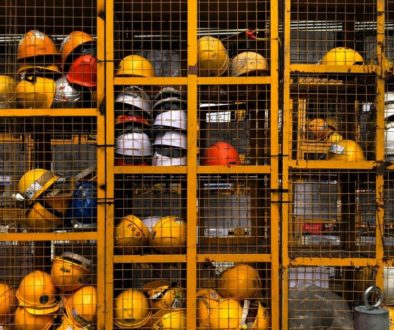The Paradox of Ultra-Safe Aviation Systems: A Balancing Act between Safety and Progress
In aviation, the pursuit of safety is not just a priority; it’s an absolute imperative. As technology evolves, aircraft manufacturers and aviation authorities strive to implement cutting-edge safety measures to protect passengers, crew, and assets. However, the paradox of ultra-safe aviation systems emerges, raising questions about the consequences of reaching an unprecedented level of safety. In this exploration, we delve into the intricacies of this paradox, examining how an excessive focus on safety might inadvertently hinder the aviation industry’s ability to measure, analyze, and enhance its systems.
The Safety Dilemma in Aviation:
Aviation safety is a multi-layered endeavour encompassing stringent regulations, advanced technologies, and meticulous training. Aircraft are equipped with redundant systems, automated safety protocols, and real-time monitoring to mitigate risks and respond swiftly to potential issues. While these measures are essential, the aviation industry faces a unique challenge: the safer our aircraft become, the fewer incidents occur, leading to a need for real-world data for analysis.
In striving for ultra-safety, aviation systems may find themselves in a paradoxical situation. Safety measures designed to prevent accidents and incidents might require more critical data to identify potential vulnerabilities and continuously enhance safety protocols.
The Data Vacuum in Aviation:
The aviation industry relies heavily on data-driven decision-making to improve safety and efficiency continually. However, as aviation systems become more advanced and incidents become increasingly rare, the need for more relevant data poses a significant challenge. With a robust dataset derived from real-world scenarios, aviation experts and engineers can evaluate the performance of safety measures, identify potential areas for improvement, and stay ahead of emerging risks.
This data vacuum can hinder the industry’s ability to address novel challenges, such as adapting to new technologies, understanding human factors, and preparing for unconventional scenarios that may arise in the dynamic aviation environment.
Striking the Balance in Aviation:
Balancing safety and progress in aviation requires a holistic and proactive approach. To address the paradox, developers and aviation authorities must actively seek ways to simulate realistic scenarios and introduce controlled challenges to aircraft systems. This approach includes comprehensive testing in simulated environments, virtual scenarios, and controlled experiments that mimic the complexity of actual flight conditions.
Moreover, fostering a culture of transparency and collaboration within the aviation community is essential. Encouraging pilots, maintenance crews, and other stakeholders to share their experiences and insights can create a feedback loop contributing to ongoing improvements. By openly discussing near misses or potential concerns, the industry can learn from these experiences and proactively address potential issues before they escalate.
References:
- International Civil Aviation Organization (ICAO). (2018). Annex 19 to the Convention on International Civil Aviation: Safety Management.
- Federal Aviation Administration (FAA). (2020). Flight Standards Information Management System (FSIMS): Volume 16, Unmanned Aircraft Systems.
- Helmreich, R. L. (2000). On error management: lessons from aviation. British Medical Journal, 320(7237), 781-785.



